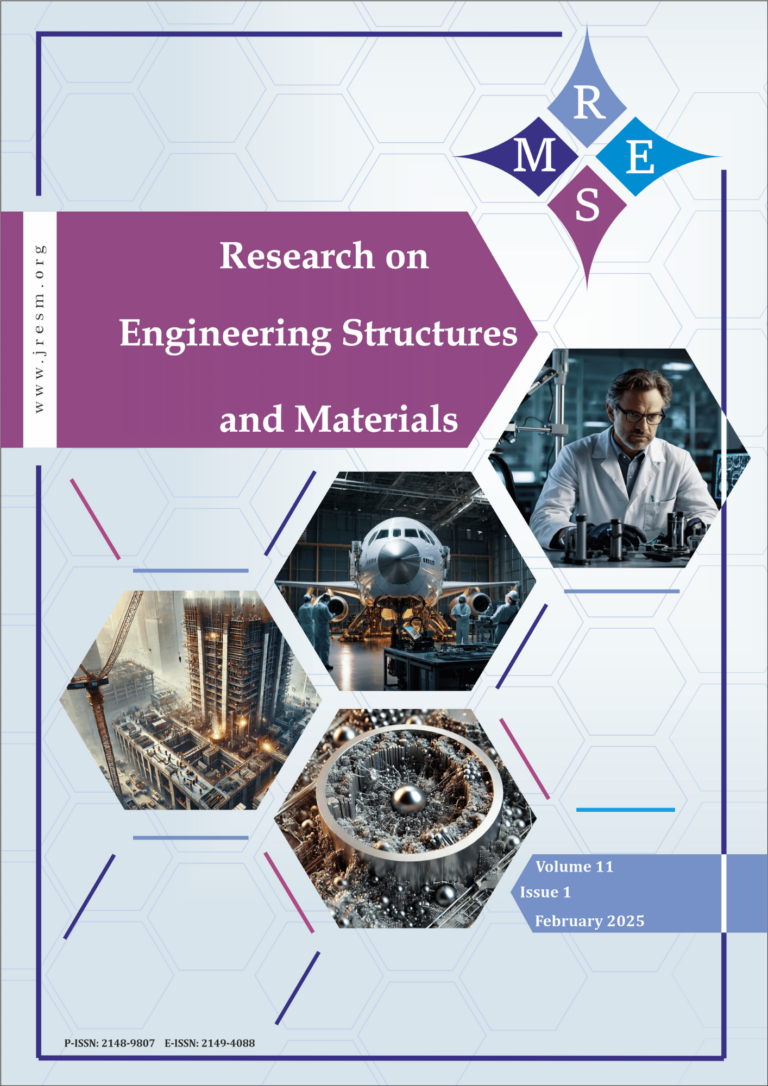The study developed insulating refractory bricks from quartz with varied percentages of bentonite as a binder was subjected to physico-mechanical and thermal investigations. The produced bricks were dried and then sintered at 1200oC. To examine the refractory performance of the material, analyses were done on the bulk density, apparent porosity, shrinkage test, loss on ignition (LOI), cold crushing strength (CCS), water absorption (WA), and microstructural examination using scanning electron microscope and energy dispersive X-ray spectroscopy (SEM-EDS). The tested bricks’ average apparent porosity of 43, 46, and 48%; water absorption of 0.98, 1.70, and 1.86%; bulk density of 1644, 1516, and 1324 kg/m3; shrinkage value of 1.71, 0.20, and 0.66%; cold crushing strength of 2.165, 1.381, and 1.088 MPa; loss on ignition of 0.98, 1.70, and 1.86%; and refractoriness of 1571.68, 1568.53, and 1565.39 oC were obtained for varying the percentage of the bentonite to 5, 10, and 15%, respectively. These results were within the range of values considered typical for refractories suggesting their suitability for high temperature applications. Additionally, the microstructural examination demonstrated homogeneity and the distribution of silicon throughout the brick structure. These denote consistent qualities and good thermal and mechanical capabilities. Meanwhile, the bonding materials were observed to significantly affect the refractory bricks produced.
